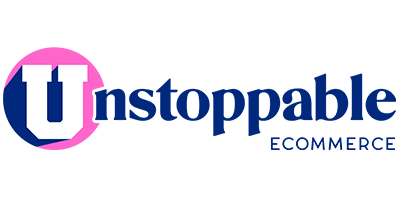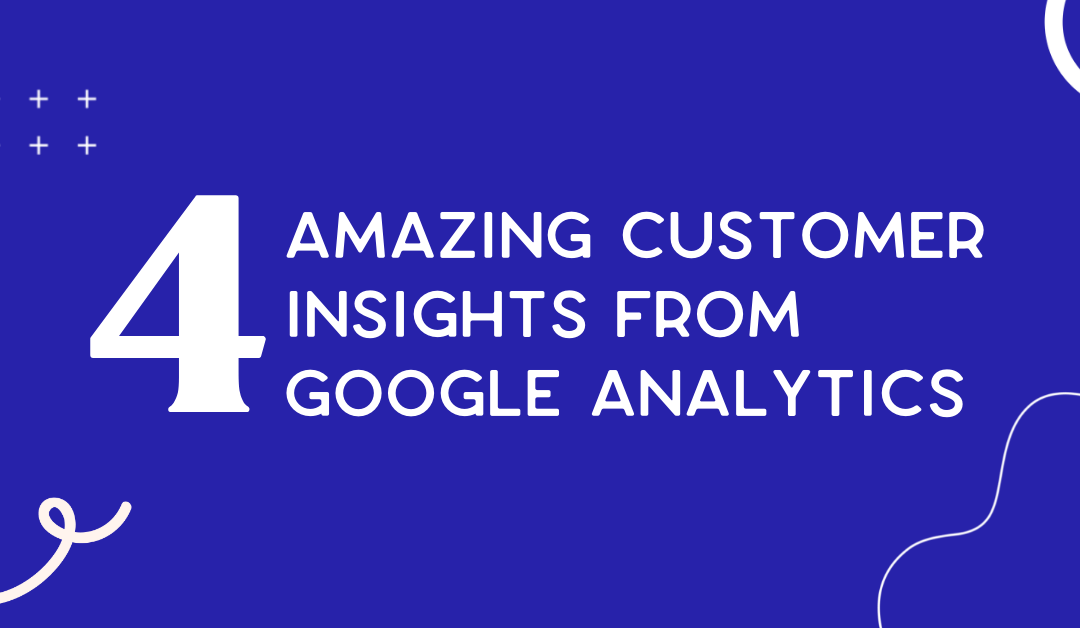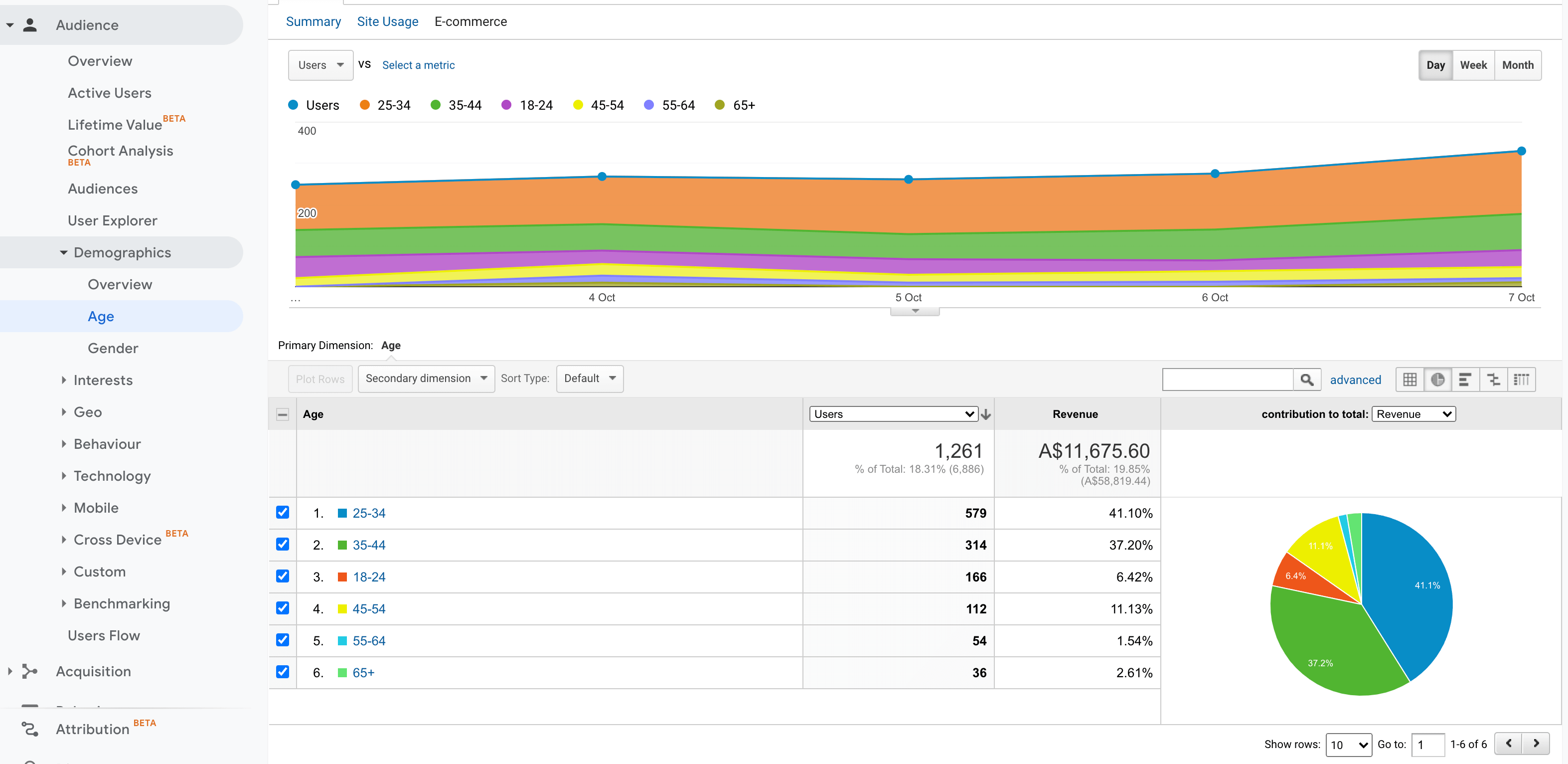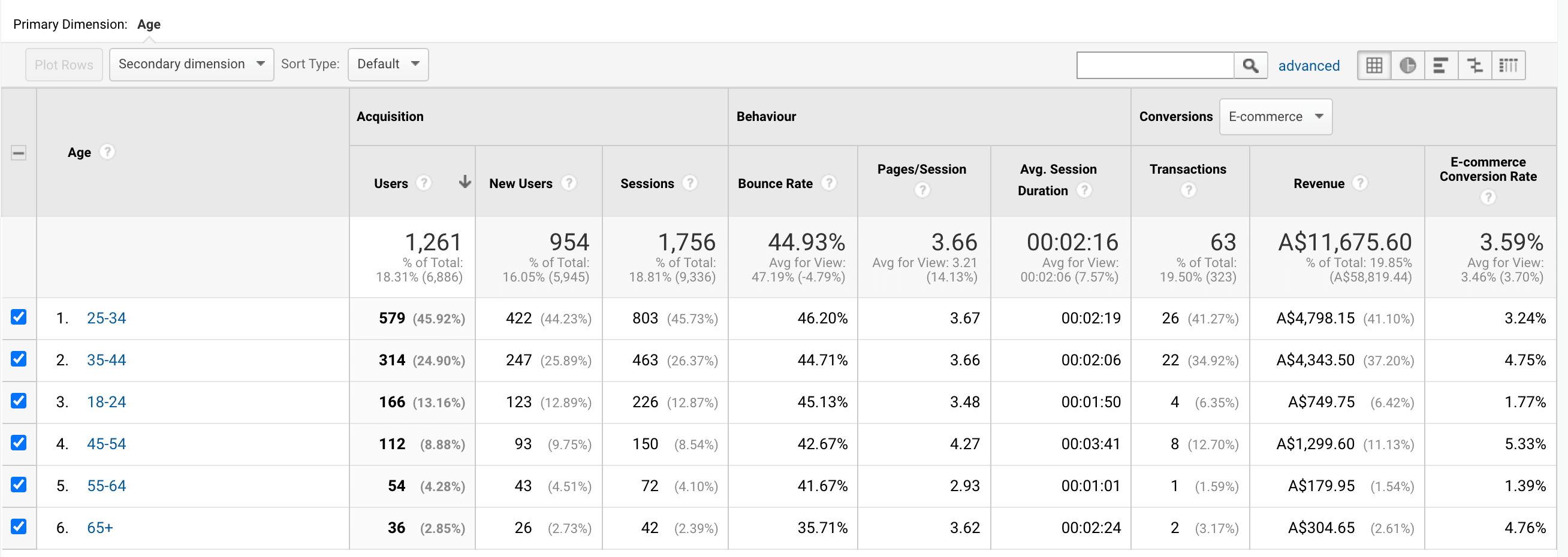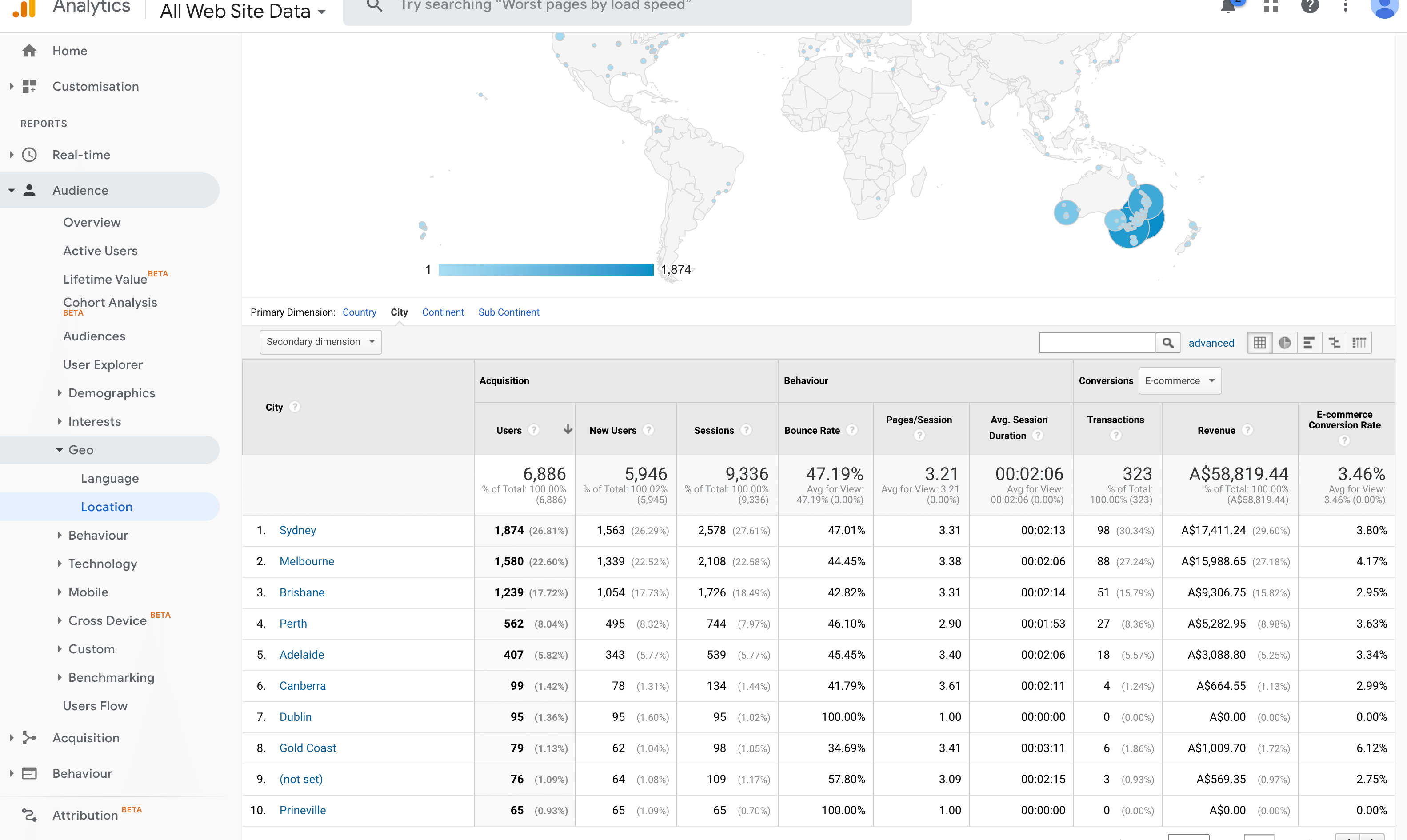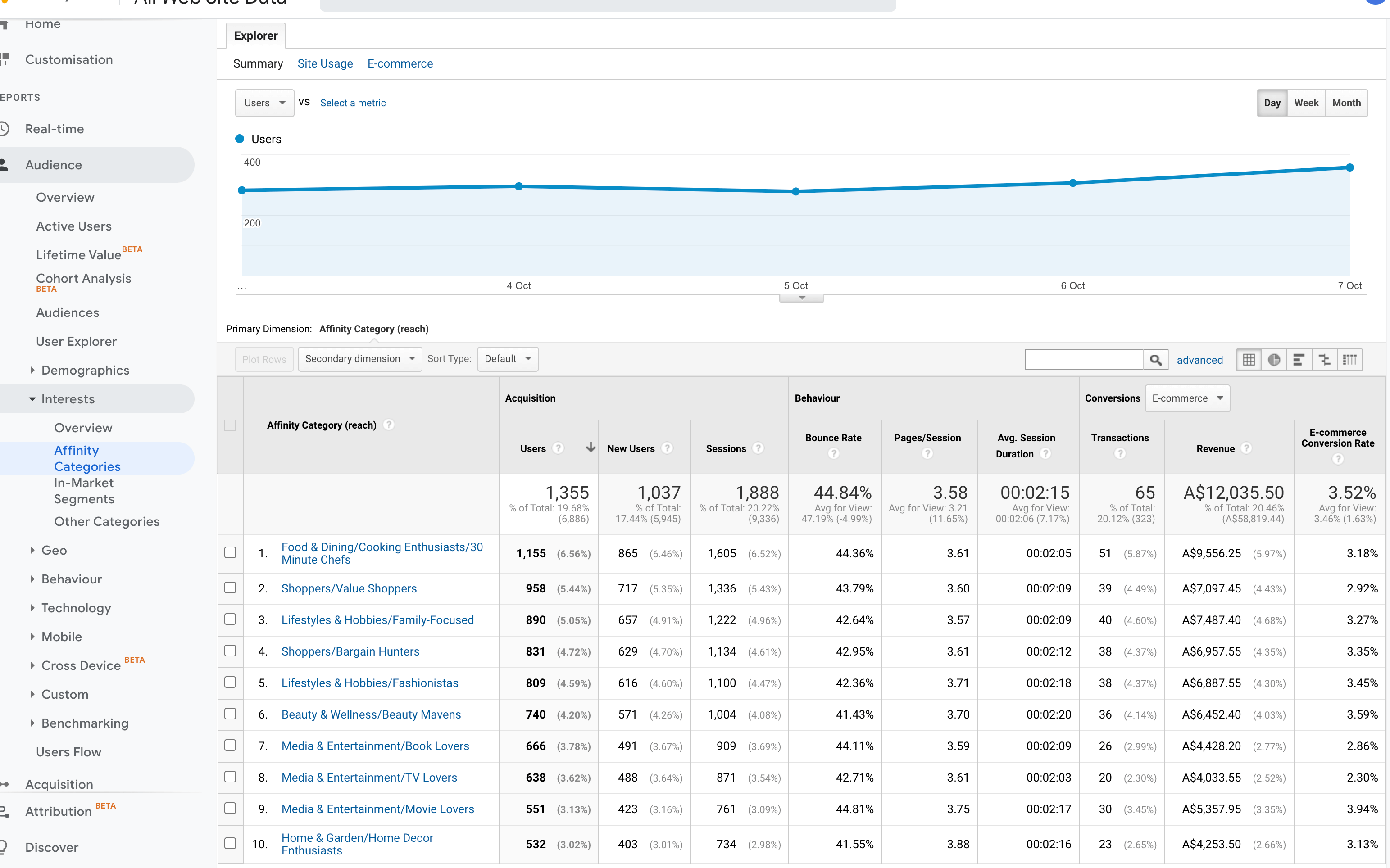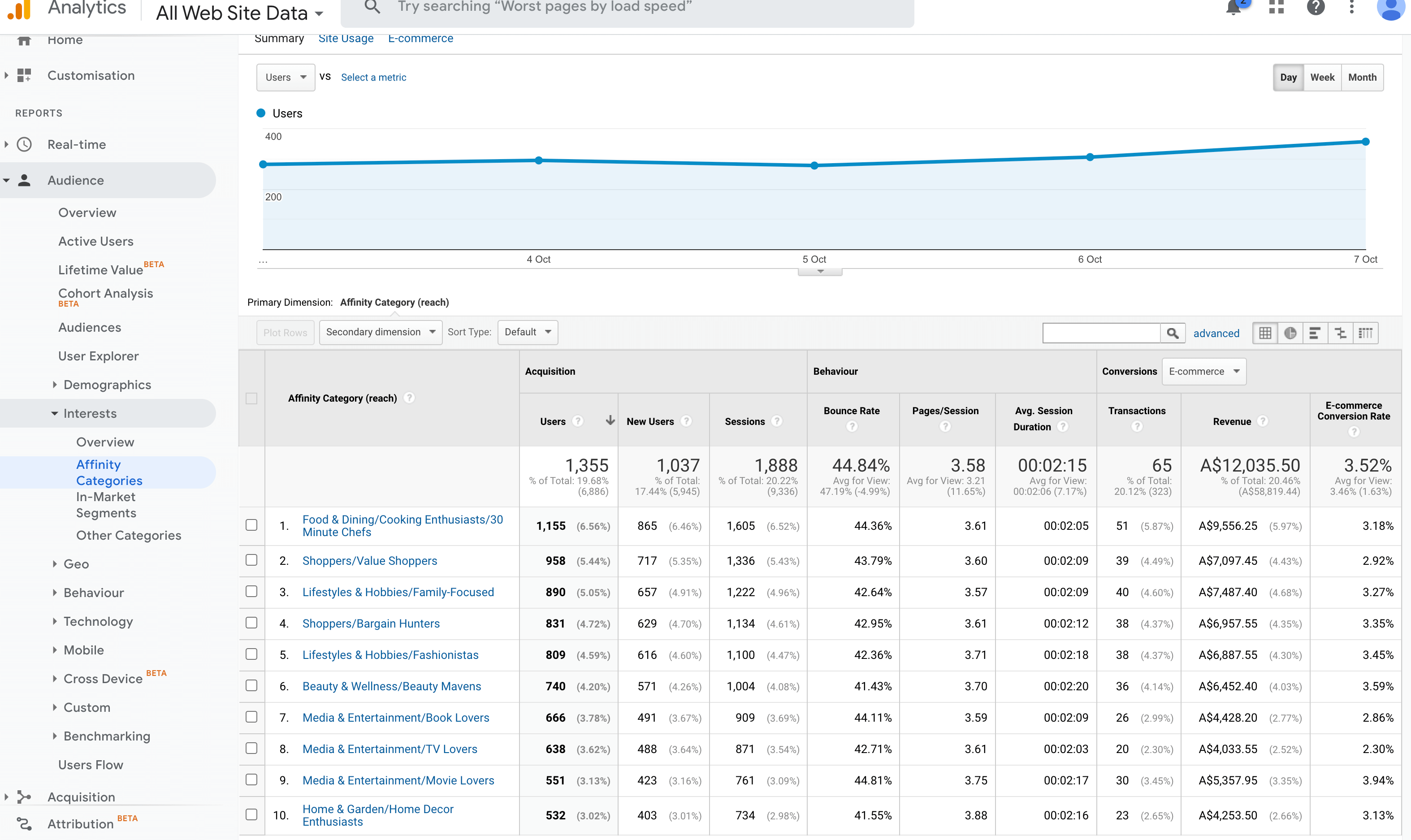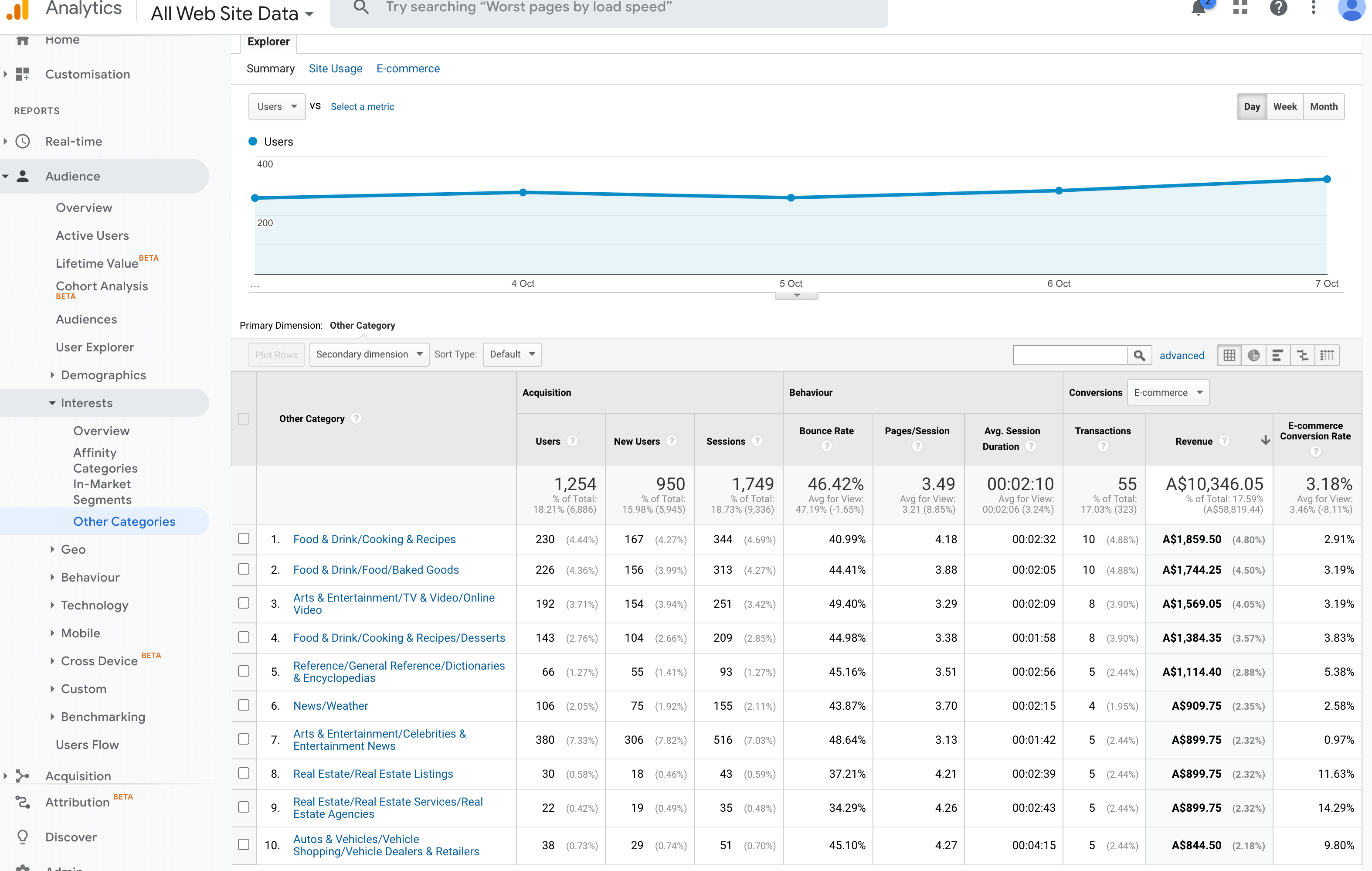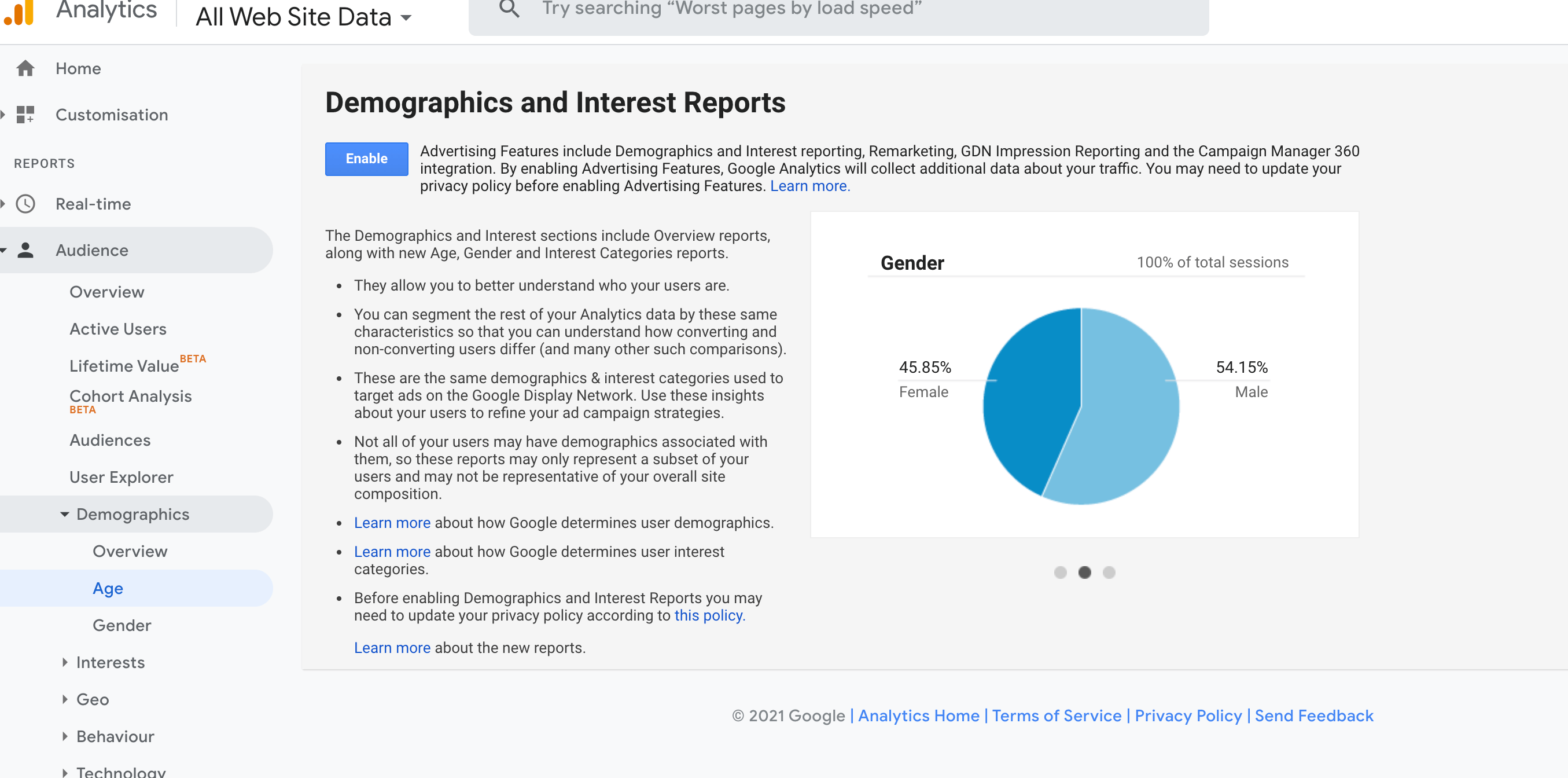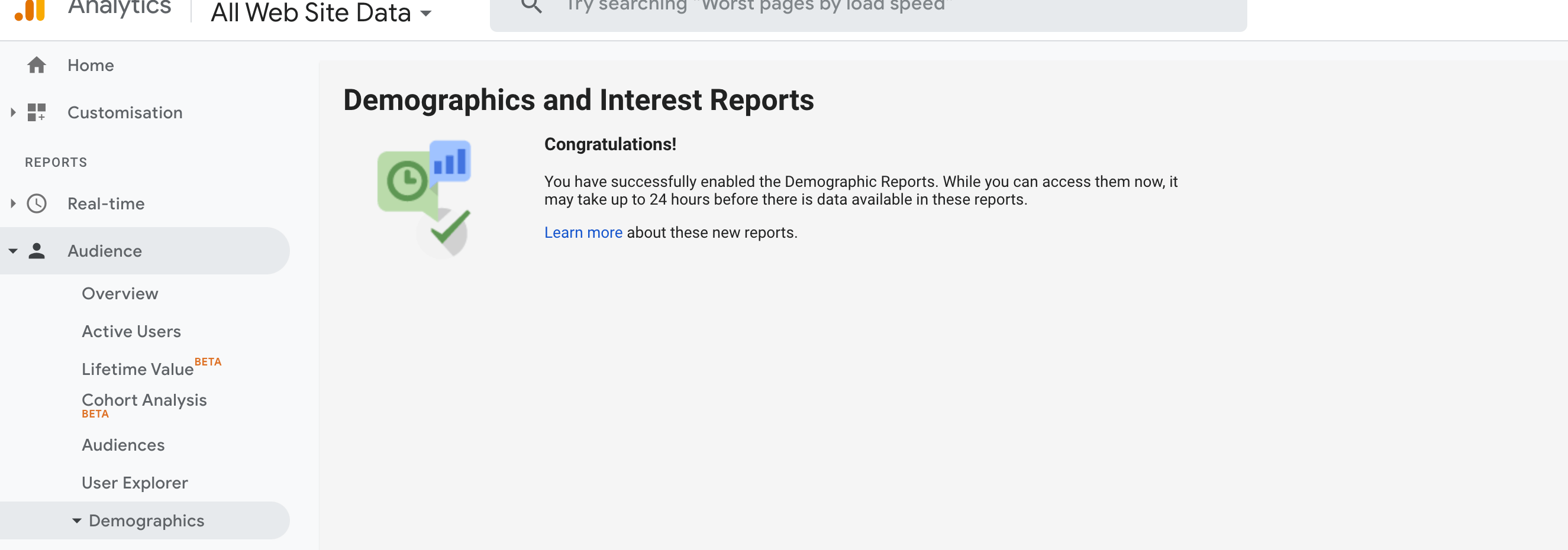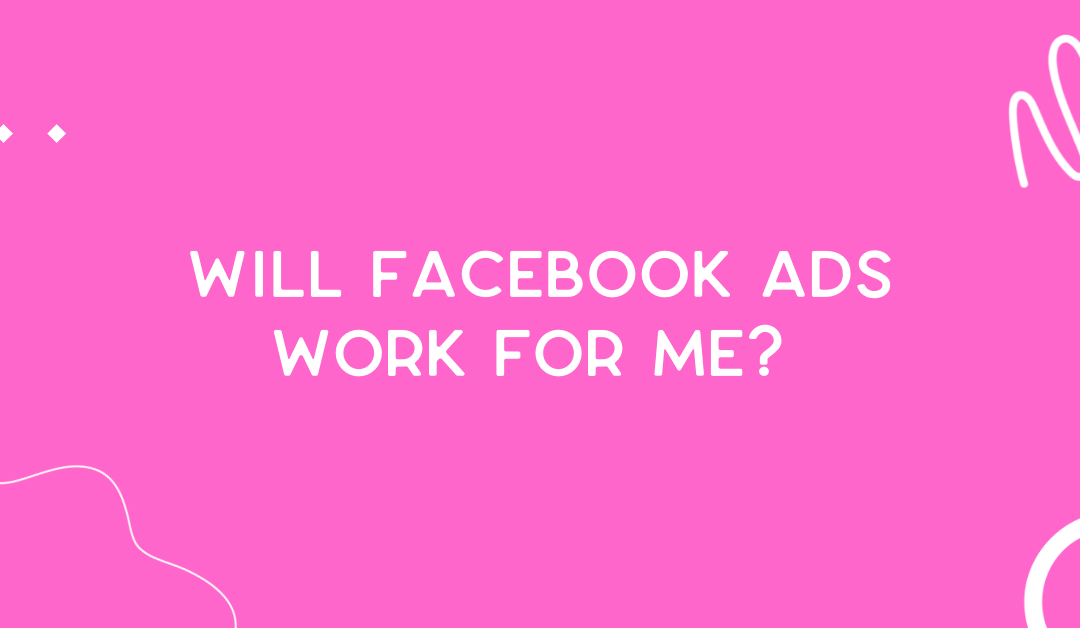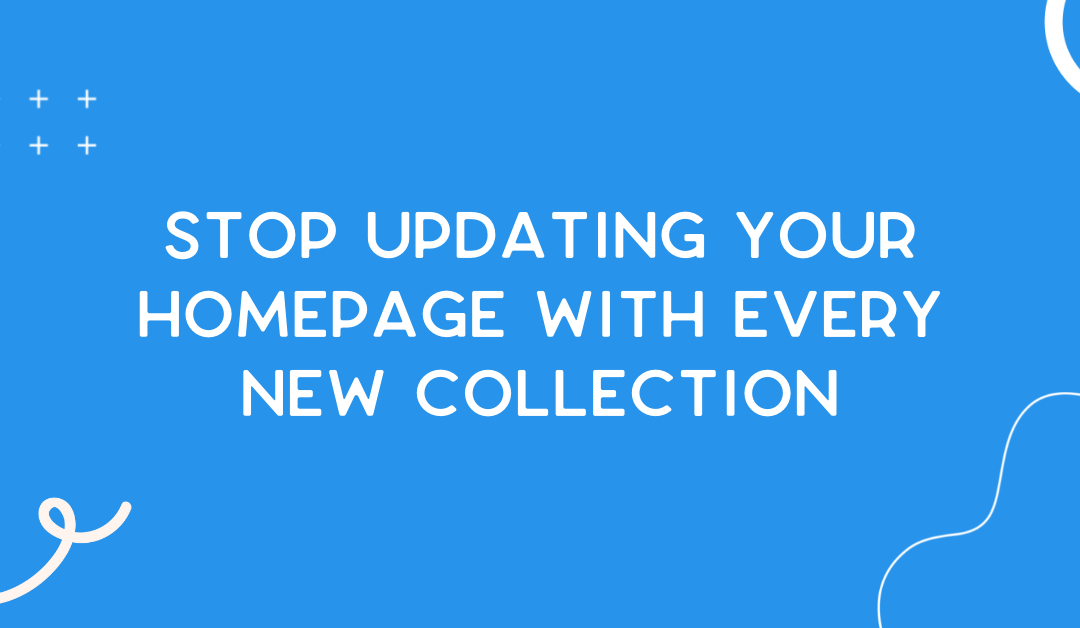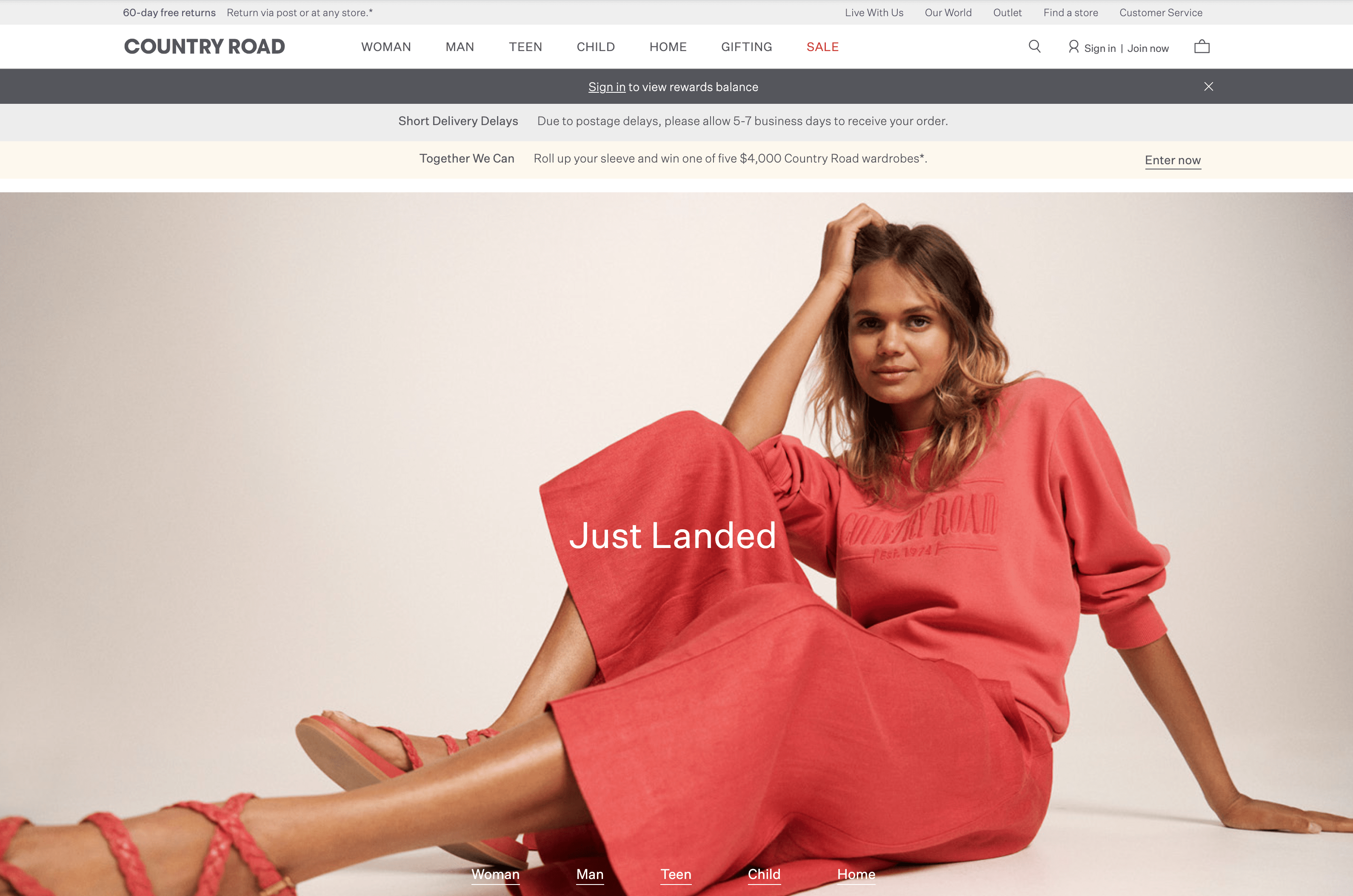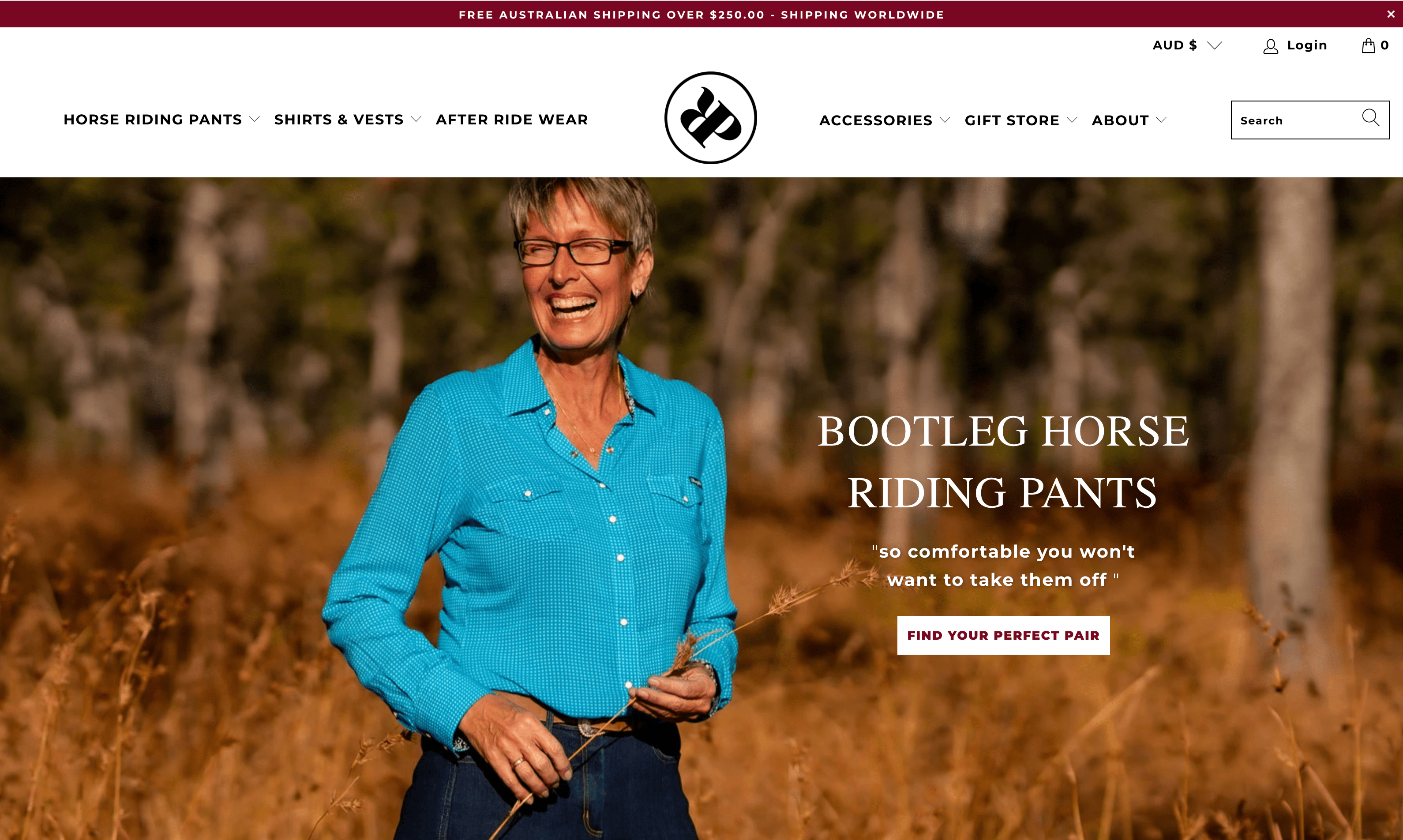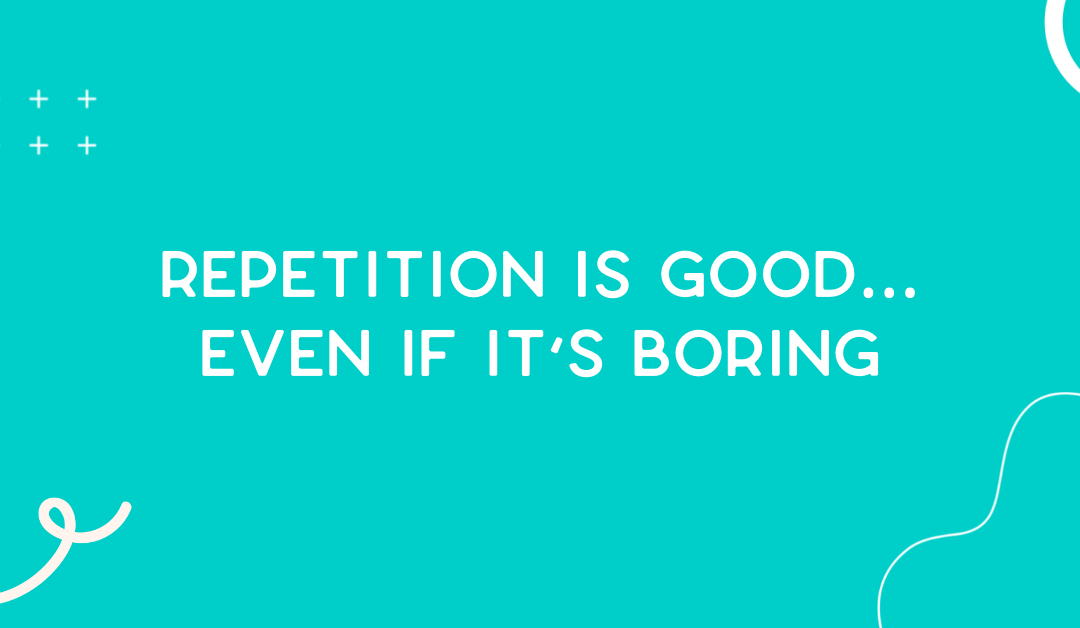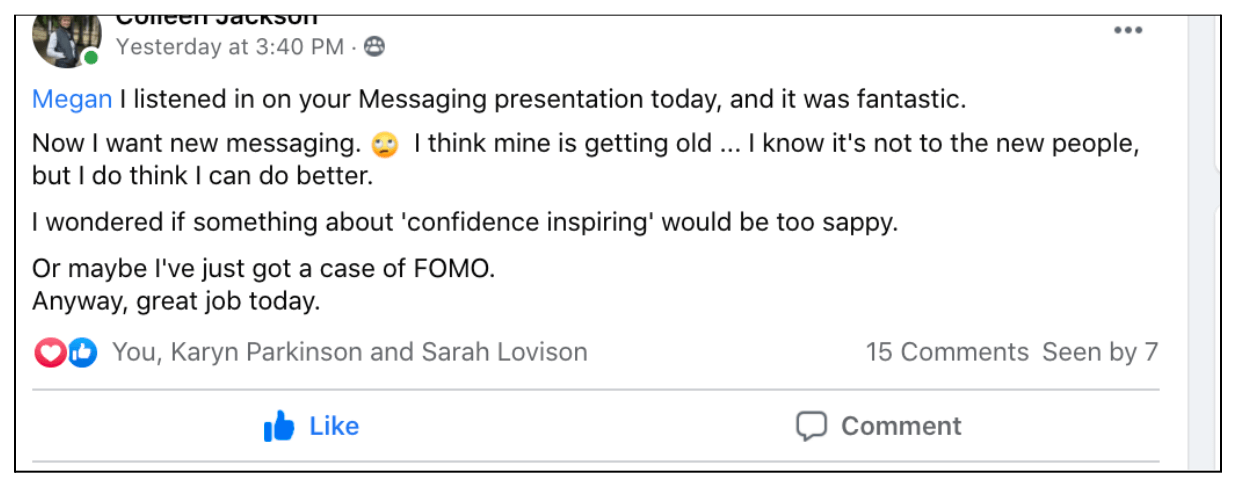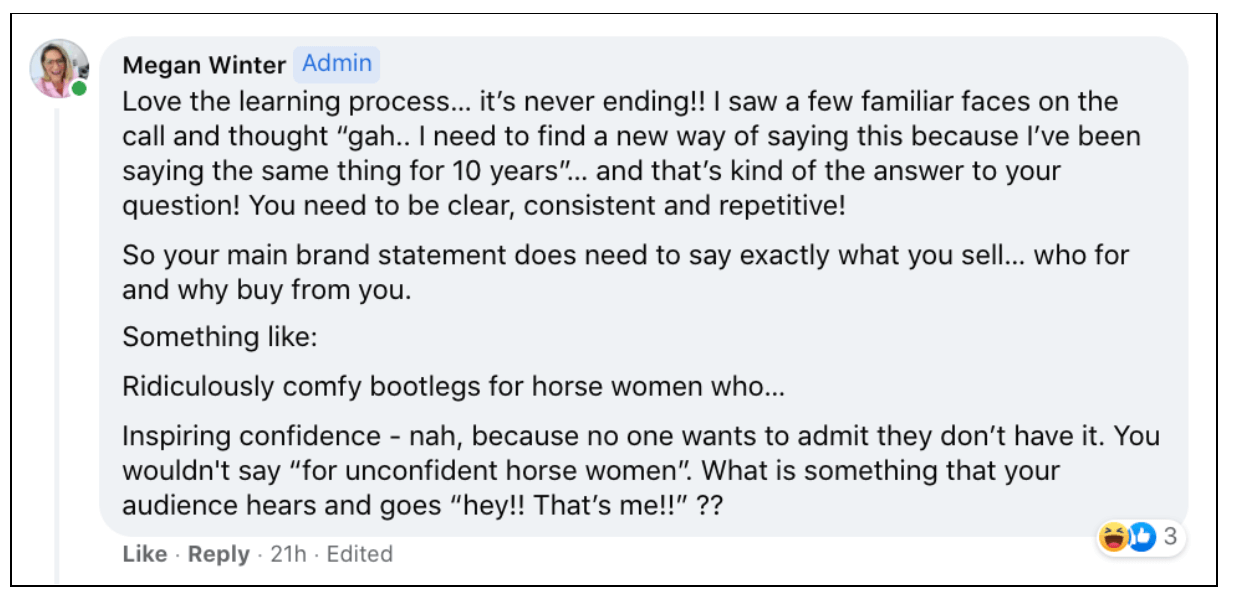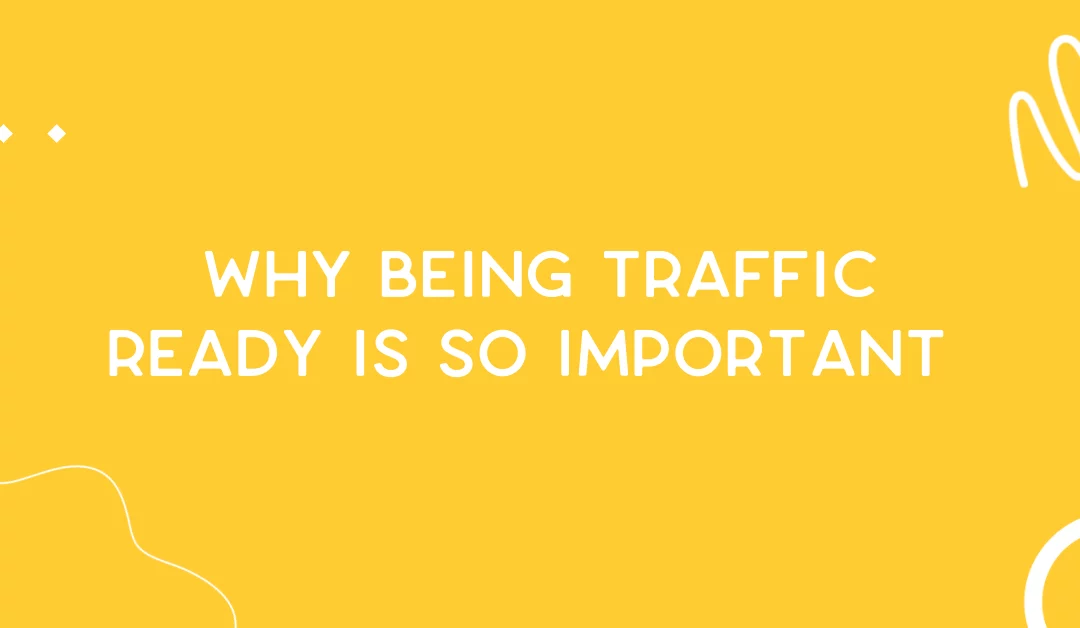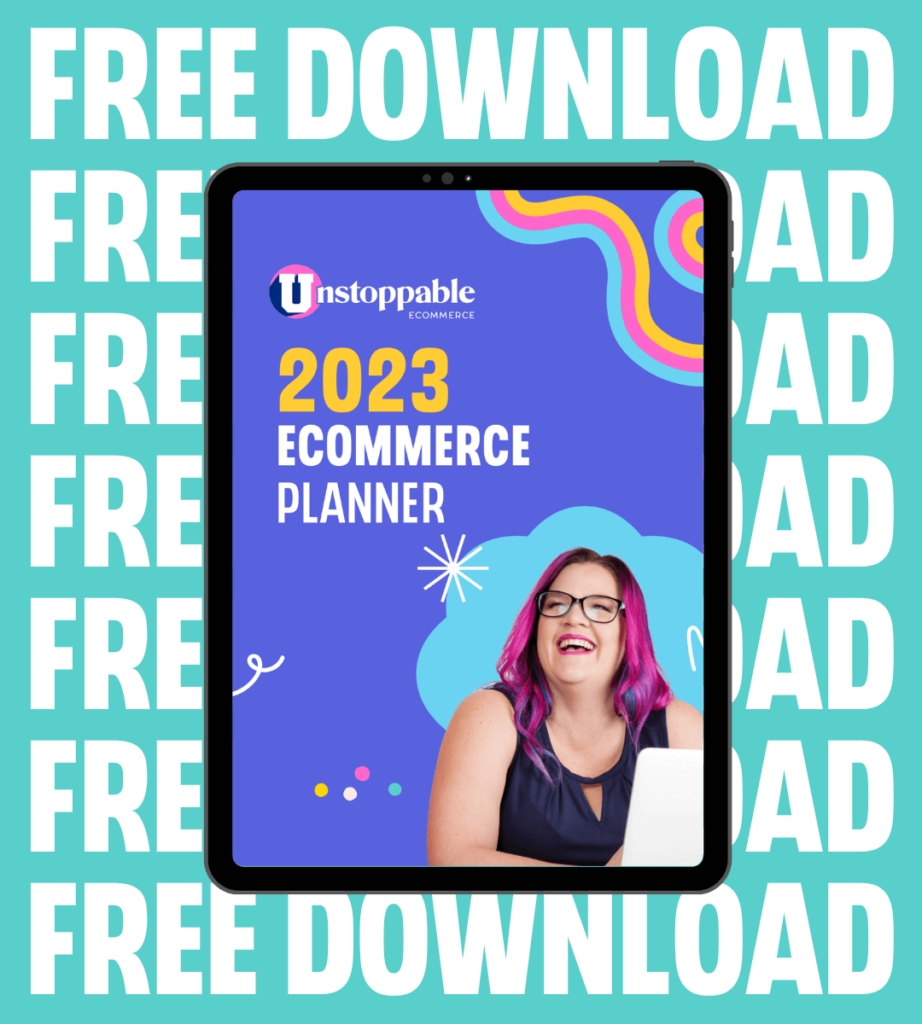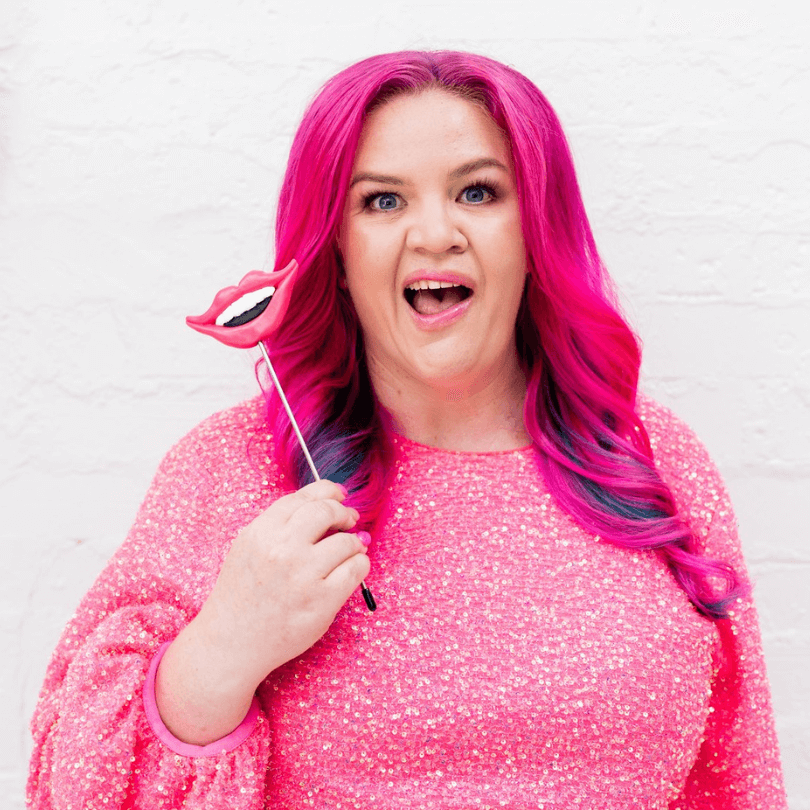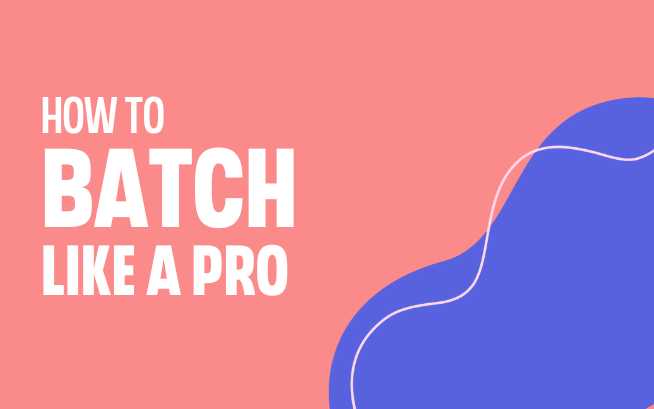
How to batch like a pro
There is no worse feeling than remembering you don’t have this weeks’ email written yet… and you better get a post up… and… and… and…
On the flip side, there is no better feeling than having a months’ worth of content created and scheduled in advance. It frees up your mind to work on the business and gives your brain space to think about other creative ideas to grow your business.
This is why I encourage our students to commit to a planning day once a quarter. In eComm Club we hold a 4-hour planning workshop for the coming quarter, every 3 months. This gives online store owners a dedicated time and space to plan their content for the coming 3 months.
But once you’ve got your content planned, you need to create and schedule it. Sometimes editing is also required.
This is where batching comes in and is your best friend.
What is batching?
Batching is where you spend dedicated time to a “batch” of similar tasks.
If you take one video, edit the video, write the caption and then schedule the post it can take hours and it’s not the best use of your time.
While you have your hair and makeup done (if that’s your thing) then record a whole bunch of videos. Then on a separate batch you can do all the editing, another batch for writing the content, and another for scheduling all your posts. This way you get in the headspace of doing just that one task and it helps you to be more productive.
What can you batch?
- Planning content (this should be separate to your doing)
- Writing email broadcasts
- Recording videos
- Editing videos
- Creating images for social
- Writing social media captions
- Scheduling social media posts
- Taking product photos
- Updating product descriptions
- Updating and tweaking your website
- Writing Facebook ad copy
- Creating Facebook ads
I highly recommend a monthly recording day where you get your hair and makeup done and record all your video content for the upcoming month. You can do this with a friend, have a planning session over breakfast with Mimosas and then take videos for each other throughout the day.
Tips for a successful batch session
1. Carve out dedicated time
If it’s not in your calendar, it’s not going to happen. Carve out a dedicated time for you to commit to your content production or scheduling. You might like to look at a virtual assistant to schedule your content if time is really critical for you, but we recommend that you create it, especially until you find a rhythm, because no-one can speak in your voice.
2. Be prepared
Be prepared for a successful batch session. Don’t sit down hungry, have a water bottle within reach, turn off all notifications. This includes your kids, partner and colleagues. Ok, if they don’t have an “off” button let them know that you are in serious work mode and do-not-disturb.
Have a list of everything you want to get done during your batch session, or all the content you want to film.
3. Use a Pomodoro timer
Pomodoros are dedicated intervals of 25 minutes focus and 5 minute breaks. I use a Chrome extension called Marinara Pomodoro Assistant to keep me on track. If you want to smash out a bunch of content, use Pomodoros and challenge yourself to get a certain amount of content done in a 25 minute focus Pomodoro. I catch up with a friend to do “power sessions”. We both jump on Zoom, say what we’re going to get done in the 25 minutes and then mute the mic while we work and then use the 5 minute break to check in on each other. It helps to have someone to hold me accountable even if I’m working by myself at home.
Batching is super powerful and if you commit to it to get your content done, your brain and your business will love you for it!
